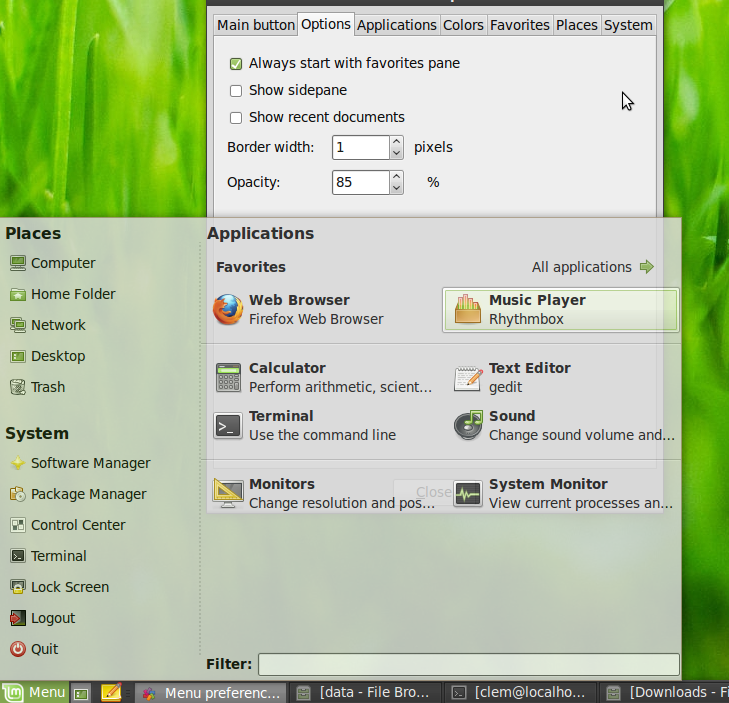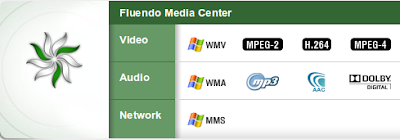The
Ubuntu One Music Store is probably one of the most awaited new features of
Ubuntu 10.04 Lucid. An integrated music store is something that many people have been waiting for for years. As the details come out, though, it's obvious that the store isn't going to work out as implemented. I'll cover the main points, but if you want the fine details, you'll need to read
Getting Ready for Ubuntu One Music Store Beta.
Let's look at the process you need to follow to buy music, shall we?
- Register for an Ubuntu One account if you don't already have one.
- Confirm your e-mail address.
- Enable file-sync in Ubuntu One.
- Set up access to your computer for Ubuntu One.
- Open Rhythmbox.
- Go to the store and buy music.
- The music is sent directly to the Canonical servers.
- Wait for your music to be sync'ed to the Ubuntu One folder.
- It's been reported that Rhythmbox will automatically pick up the music from the Ubuntu One folder.
That process in itself is so long that few casual users will go through it. Think, though -- We
still haven't touched on the problems with Ubuntu One storage capacity. Your music is sent to Canonical and is automatically sync'ed to all your computers, which is great, yes? Well, that's only great if my Ubuntu One account has room for the new music. What happens if it's full? Do I get an e-mail notification? Do I have to "clean out" my Ubuntu One account? It appears so, if you read the comments on the above linked article.
More importantly, I
can't buy more than 2GB of music at a single time, less if my account already has files backed up. Worse, the
7Digital site
doesn't tell me the size of the download, so I can't be sure whether I have space in my account or not. Sure, I can guess that the 320kbps MP3s come out to a little over 200MB, but that means I've got room for
nine albums without paying Canonical $10 per month for more storage. What if I want to spend 160 pounds and buy the
top twenty albums? I guess I'll be doing that in three shifts.
Canonical needs to change something. Maybe it shouldn't count Music Store purchases against your Ubuntu One total.
It all would have been easier if the "Ubuntu One Music Store" were just a link that opened the 7Digital (or
Amazon) page with a referral link and customers downloaded what they wanted from there. Over-engineering at its finest.




























